Star Wars Rogue Squadron II: Rogue Leader
GameCube - Factor 5, 2001
Factor 5’s first pitch for Rogue Squadron was a greatest hits of battles from the movies, but they hadn’t earned George Lucas’ trust yet. Instead, they created an original story based on the Star Wars Extended Universe. After the success of Rogue Squadron they were unleashed on technical power of the GameCube to do what they always intended. It's graphical masterpiece, but is it a glorified tech demo or a genuinely good game?
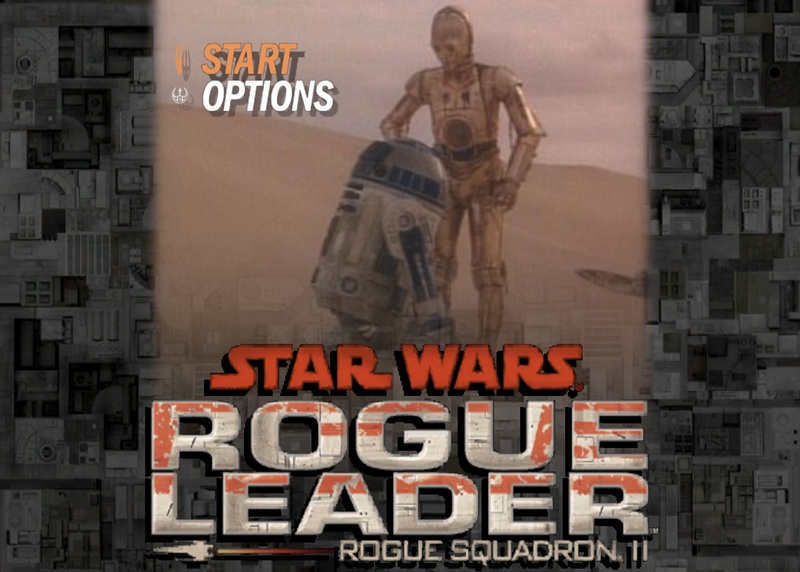
As the prequels weren't yet released at the time of RS1, it was based on the Original Trilogy of films. Post prequels, almost all Star Wars material was directed to focus on the prequels, with very few OT games released for the next five or six years. F5 themselves had to make their spiritual sequel to RS1 a prequel-based affair, Star Wars Episode I: Battle for Naboo (2000) on N64.
After finishing Battle for Naboo, F5 started on a tech demo for Space World, a Nintendo trade show. This prototype based on the OT Death Star battle set the games world alight, and the pressure was on to turn this into a GameCube launch title in a mere eight months.
She's got it where it counts, kid.
If you've read the RS1 retrospective you’ll know there was no better studio to create a tech demo, or a launch title impressive enough to sell your next-gen console. The graphics are still impressive 25 years on, and they pushed tech boundaries on a console most devs hadn’t even got their hands on yet. It remained one of the most graphically impressive titles even by the end of the GameCube’s lifespan.

Back in the days of the console wars, polygon counts were a superweapon.
The game used advanced Level-of-Detail techniques to make terrain and areas like the Death Star feel believably vast. The demo looked so good that people claimed F5 got the original 3D models from LucasArts. In reality they did not, and manually created what game director Julian Eggebrecht claims are the largest models ever made for a game at this point. The Star Destroyer model was from the multimedia CD-ROM Star Wars: Behind the Magic (LucasArts, 1998) which they spent two months rebuilding, ending up with 130,000 polygons. For comparison, Mario’s character model on the N64 was made up of 752 polygons.
Using the same progressive LoD model to decrease the detail when you were further away, they were able to get the GameCube to crunch these polygons fast enough for a smooth 60 frames-per-second for the most part, even putting two Star Destroyers in one level later in the game. The smaller ship models had mere tens of thousands of polygons, but there were unprecedented numbers of units on the screen, some missions having up to 40 “flocks” of TIEs and rebels.
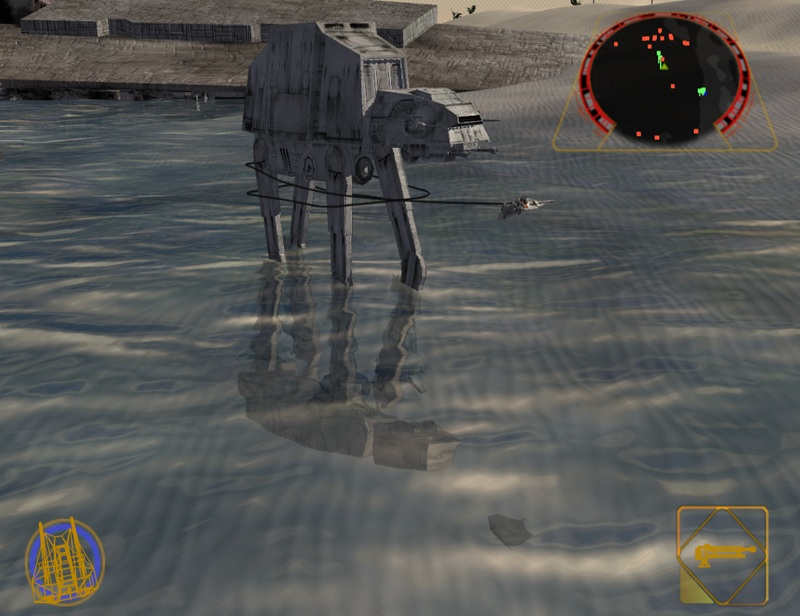
The team studied the reference material and movies to make sure the graphics and special effects matched what you saw on the silver screen. Using the same shape of flash for turbolaser shots, or having full-screen white flashes when you start the Death Star trench run. Those new to Star Wars might not notice, but there is a great attention to detail everywhere. In an interview Eggebrecht says "The entire team was made up of old-school Star Wars fans." and it really shows.
I can’t. It’s too big.
The amazing next-gen graphics gave the game a glowing reputation before it was even released. The action was fast and bombastic on-screen, bringing the films to life. The positive reputation of the game’s looks persisted and is deserved, but there was an undercurrent of dissent. I thought it might just be me, but from online comments to decades-old walkthroughs, they all agree this game is really hard.
Ironically, in the developer commentaries, Eggebrecht says that high difficulty was “the big mistake, if there was one, with Rogue Squadron one”, which is so much easier than RS2. He and QA lead Chuck McFadden speak at length on how to avoid the “common mistake” of making a game too difficult. The two show so much understanding and maturity that it’s really surprising that they couldn’t avoid this pitfall.
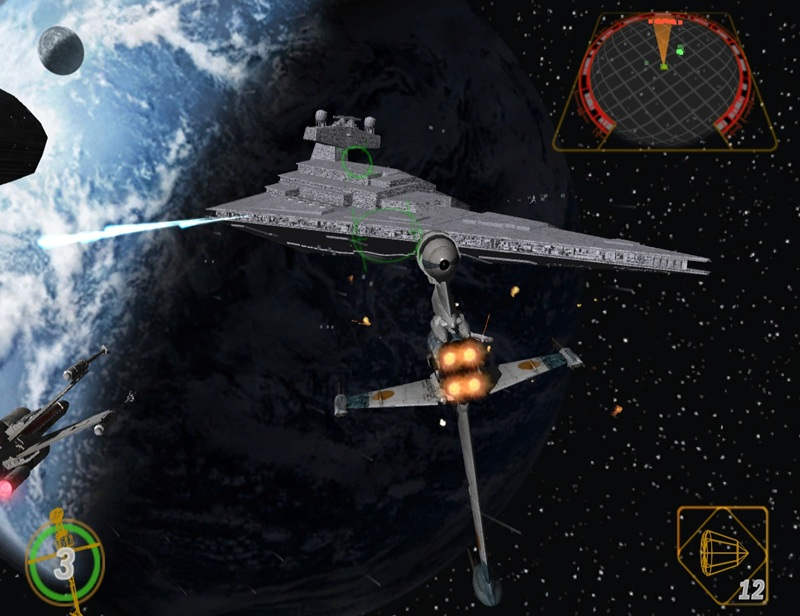
The pair discuss how a game can become too difficult during QA testing. I have witnessed this myself when working a QA job for a large games company. Testers, who have been playing the game every day for weeks or months, get very good at the game. One day, instead of a bug report, one of them submits a balance issue saying the game is too easy for them. The devs may decide to make it harder. Testers get better and the cycle continues.
At that large publisher, they would switch QA teams to try and counter this phenomenon, but the QA team for F5 was just six people. The studio also made RS1, Battle for Naboo and RS2 in succession, so perhaps they underestimated how skilled their devs and testers were at this type of game.
Or perhaps it was no accident. As many reviews decried, the game is much shorter than RS1, only 11 levels plus bonuses. With the severe deadlines to get this game ready for the GameCube launch, perhaps they increased the difficulty to lengthen the play time. It’s a common trick, but I think the issues go deeper than that.
Difficult to see. Always in motion is the future.
Before you can even start battling your foe, you need to find them first. The first mission sees you fight grey and black Imperial ships against a grey death star surface or the black of space. It’s almost impossible to spot them. There are now missions set in space or on terrain with a black space skybox. The light skies of a planet-based shooter are required to see the enemy ships.

Worse still, in the developer commentary, level designer Chris Crawford mentioned that in the first space level, they used the space backdrop and volumetric clouds to deliberately obscure the enemies! Believe me guys, you didn’t need to.
In the level, this serves as a way to force the player to learn how to use the targeting computer, a cockpit mode with a screen overlay which highlights the enemies and puts a target around them, just like the X-Wing games had during normal combat. If you spot a target and let go of the button you still have little chance of keeping track of them. Holding down this button constantly gives you the only chance of actually seeing enemies in these environments, but then you’re playing a first-person cockpit game on a screen-within-a-screen.

The X-Wing games also have a 3D radar showing relative altitude, which has been implemented in RS2, but for some reason it doesn’t seem to work, at least for me. I have no problem using it in those flight sims, but in RS2 it still provides no help aside from seeing the direction of your objective. I’m not sure if this is because it doesn’t function well enough, or whether the new upgraded enemy AI with their tight avoidance manoeuvres just make it useless to try and use the radar to rotate in time.
The tragedy worsens when you play the (very cool) alternate-history style bonus missions which ask 'what if the Empire won?' These are not only great fun, but it is so much easier to see and chase the light beige Rebel ships in space or on Imperial grey terrain! I can’t believe nobody mentioned it.

I’m hit!
If you do manage to spot an enemy, then yes, this time they are not just on rails, but have their own AI. Some of them will be on rails until engaged and then break away, others will hunt you down or have their own priorities.
This sounds like a big improvement, but in reality they are so unpredictable and can turn so tightly that ironically the on-rails enemies in RS1 felt more fun to chase down and ‘dogfight’, even if it was an illusion.
The aforementioned problems in finding an enemy start to compound. If you find one on the scanner it will be out of sight by the time you start shooting. The radar doesn’t really help to see which direction they went, and even if they are on the screen you quickly lose them in the grey backdrop. Best case scenario you get them immediately or you end up spinning around until you give up for another target. According to the developers, the enemy speeds remain constant, but the devs can control how tightly they turn, and in my opinion it’s always too much. Again, a barrel roll or u-turn would have been nice like in Star Fox 64 (Nintendo, 1997), but I’m not sure it would help much.
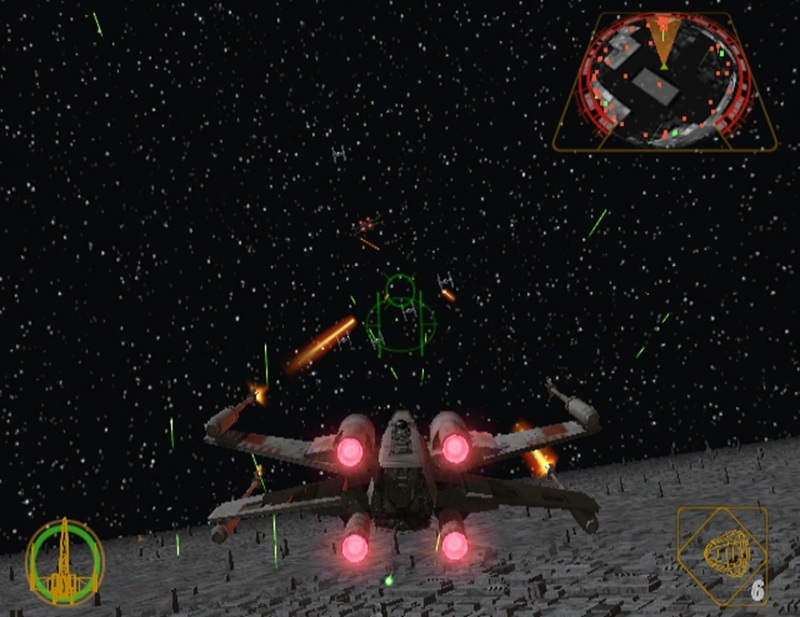
Instead of suffering in these attempted furballs, you’ll mostly be trying to shoot enemies from afar, ‘trying’ being the operative word. Your lasers now fire very quickly, almost as fast as the silly ‘turbo mode’ on the V-Wing in RS1. It feels a bit childish especially when compared to the detail and accuracy of everything else in the game. You can also hold the button down forever and it never overheats or slows down.
You can no longer link your cannons, instead your first shot is a quad shot, after which your shots rotate around your four cannons. The powerful quad shot recharges so you can fire once and then wait a few seconds to fire again if you want to. In practice it's easier to just hold the button down basically forever. It’s a shame.
Despite the ridiculously super fast constant stream of lasers, it’s much harder in RS2 to lead your target and actually hit them. It’s frustrating to be shooting away double the amount of shots than in RS1 and rarely hit a target.
And while you’re firing off a constant stream of super fast laser beams, so is everything else. Other ships and many, many ground cannons and even ground units are also firing constantly. It has the feeling of the prequels, very busy but it’s all for show, most of them are just firing off into the sky for decoration.
If the increase in laser fire was put in to make up for the difficulty, then perhaps too was the auto-aim. The A-Wing in RS1 used it to decent effect to make up for the speed and twitchiness but unfortunately, it doesn’t seem to work here and doesn’t help at all.
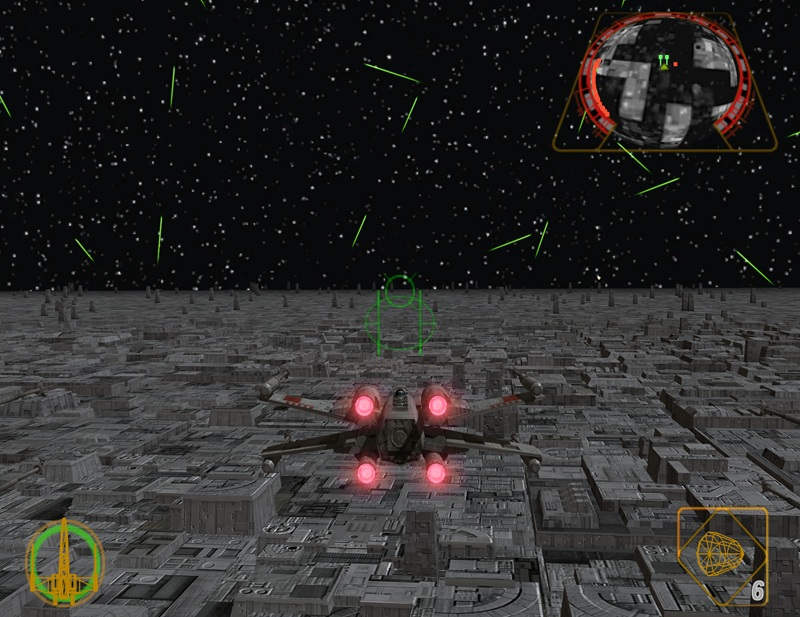
In RS1 you felt like a hero, here you feel useless, unable to find the enemy and then unable to hit them even when you do. You also feel vulnerable.
Thanks to that new AI you can now be chased by enemies as well. The other attributes the devs mention they can control are the accuracy and frequency of enemy laser fire. With tons of enemies and turrets on every level, fly in a straight line for any amount of time and you will be toast in seconds on almost any of the levels. This is the case even with the upgraded shields and with any craft. There is absolutely no time to relax or to take in the amazing sights. Indeed most walkthroughs will describe extremely specific, sometimes counterintuitive ways to complete the missions. Most of these involve flying as fast as you can in a specific direction while weaving madly as much as possible. You barely get to see the scenery.
When an enemy has you in its sights, the camera will pull back to show them. They are ‘locked on’ and again you will have to vary speed and weave around as much as possible to lose them. You will have to abandon whatever you were doing for this, and if you don’t weave wildly then you will be shot down within seconds. With so many enemies per level, this will happen constantly. And with the missions now more strict with tight time limits, you will often fail the missions because of it. Oh and don’t use the scanner too much to find enemies, because in first-person view you won’t know when someone’s on your tail.

Either way, you will not have a moment to relax and mission success usually makes you feel relief rather than triumph.
“The difficulty specifically for this game should come in the higher medals… it shouldn’t be in the basic game.” says McFadden. Because of the poor visibility, fast laser and bad auto-aim, medal goals like accuracy are all but impossible to attain in many cases, not to mention even completing the mission at all.
The missions are more complicated and include ship changes, but this is not communicated well. Veer from the intended mission and you’ll soon be dead or time out.
Unfortunately your squad mates won’t help much either. The ‘Squadron’ part has now been better realised, with you able to give orders to your wingmates using the C-stick. You can order them to attack various targets in the mission, or stay by your side. You can also ask them to flee to avoid them stealing your kills if you’re going for a gold medal achievement, unfortunately you can’t ask them to kill anyone tailing you (they wouldn’t have time anyway).

It feels more like a team, and you feel like a… Rogue Leader…, but there is still no individual character to the pilots you command. Within the first level of Star Fox (Nintendo, 1993) you already know and care about your squadron, from cutscenes and pop-ups of their heads when you chat to them during the missions. I feel the story and characters took a back seaat even more than in the first game.
There is good in him, I’ve felt it.
It’s not all bad, in fact if not for the difficulty ruining the enjoyment, it would be better than RS1. Now that it’s set during the movies, it feels like you’re fleshing out the backstories, enhancing them in the same way that the Rogue One film or Andor tv show have in modern times.
The audio adds to this feeling. F5 love their audio, and this time around they worked with Nintendo to develop the MusyX sound system used for both the GameCube and the Game Boy Advance. RS2 has real orchestral music mixed seamlessly with original MIDI music set to the missions and cutscenes just like in the movies.
The free roaming mission sections combine with scripted events, with the dynamic music cueing up the same music from the movies as they happen in the game. For a fan, it’s exhilarating. The audio in general is great, taking sounds from their own previous Star Wars games and from LucasArts, all of which were reworked for higher quality. They even got Denis Lawson to voice Wedge Antilles. F5 had to convince Dolby they could get true 5.1 out of the game and the GameCube, and it’s no surprise they managed it.
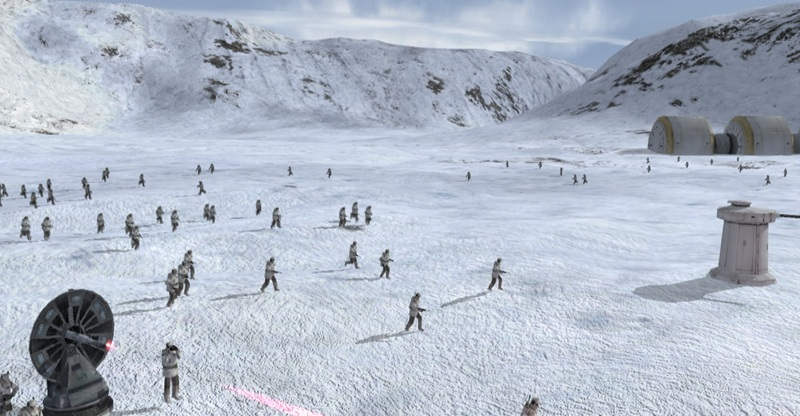
There is a lot of amazing detail in mechanics as well as visuals, although some of these don’t really have much impact. The Hoth level for example, has hundreds of troops on the ground that you can control as you do your wingmen, changing formation as you send them to different targets and so on. In another mission you can kill enemy pilots on the ground before they get to their TIE fighters. Amazing. There are also capital ship battles mentioned as well, but sadly I didn’t notice any of these things in practice, and even wingmen commands have no noticeable impact to your moment-to-moment gaming. You don’t have time to notice these details when you’re desperately weaving around just trying to survive the missions.
It’s a real love letter to Star Wars, with real care taken to details such as the colour grading on Hoth and even the hue of the Snow Speeder lasers. The obstacles in the trench run are an homage to the Atari trench run. There are great moments, such as (spoiler ahead):
There is a bit of choice to be had as in the previous game. In the Bespin mission, a great super-upgraded next-gen version of the RS1’s Bespin mission, you have the option to shoot the enemy guns, or take out the engines of the platform, more quickly dispatching them. I feel there was less choice this time around though, but perhaps because any time you try something new or to explore, you’re dead in seconds.
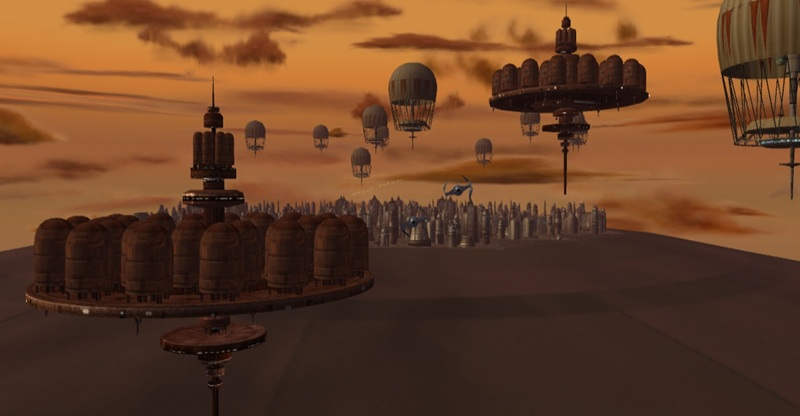
The greatest teacher, failure is.
According to IGN, RS2 was the first third-party launch title to ever debut at no.1 in the charts, and deservedly so. But for some, RS2 never shook off its tech demo reputation.
I really enjoyed listening to F5 discussing the game, and I think it reinforces the idea of a tech-first, gameplay-later style. Eggebrecht is really good in leading the team members into talking about their areas of expertise and simplifying them to the listener. And they are very open about their processes.
The heist mission, for example, was their hardest and most-hated level internally, because they didn’t have a visual hook. Most levels, indeed the whole Rogue Squadron franchise, started with a visual or set-piece, and the rest fell into place. The heist mission, however, had a gameplay idea first, stealth infiltration of a base, and they struggled to find an identity for it. Indeed Eggebrecht says it was the only level which had no visual hook written in the design document.
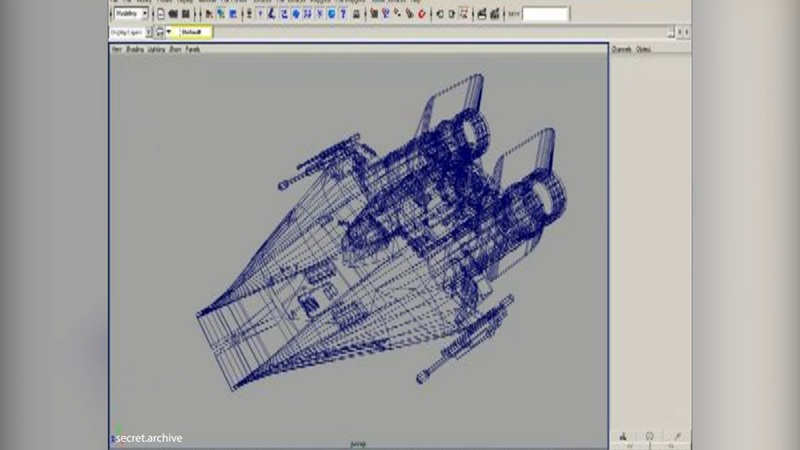
Ironically for one of the few OT games of the time, RS2 suffers from prequel syndrome. Lucas' original films were a triumph of compromise and adversity, while in the prequels he could do everything he wanted and more without restraint. It’s so dense!
The team talk a lot of talk of the power of the GameCube and coder Sigmund Vik describes how it was easy to code for. The N64 on the other hand “had a potential that never actually got fully used because it was so difficult to really utilise the power that machine had”. F5 had more power and fewer restrictions. So many lasers shooting so fast, so many enemies and lots of new sparkly functions and visuals, but the core experience just isn’t as enjoyable.
Holger Schmidt, lead coder, says the ease of working with the GameCube means that they would need to spend less time worrying about the coding and have more time to spend on the gameplay. That is, if only they had been given more than eight months in which to do it.
“That’s for the sequel!” jokes Eggebrecht.
We shall see.
